Signet Marigold Care - Tips For Growing Signet Marigolds
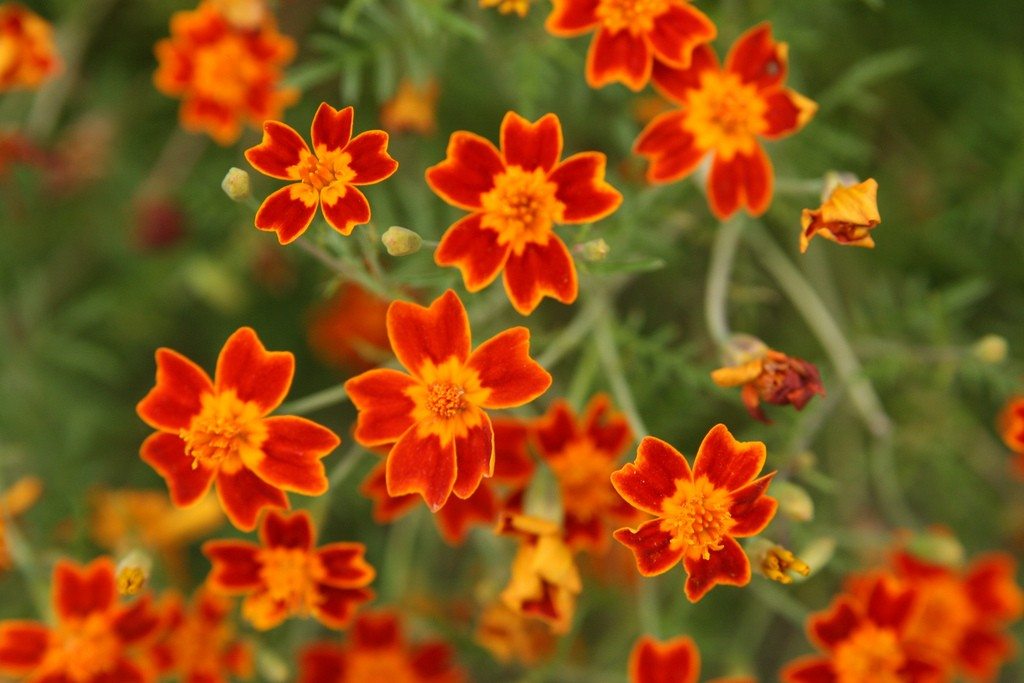

If you love the flowers and fragrance of marigolds, include edible marigolds to perform double-duty in the garden. Growing signet marigolds adds color, a tantalizing scent, and produces lots of flowers you can eat.
About Signet Marigold
Tagetes tenuifolia edible marigolds are native to North America. With the right signet marigold care, you can have blooms in the garden until autumn. When growing signet marigolds, you may choose from yellow, orange, golden, or bi-colored flowers. Hybrid types include the Gem series:
- 'Tangerine Gem'
- 'Lemon Gem'
- 'Orange Gem'
- 'Red Gem'
An old-fashioned variety called 'Paprika' has maroon flowers with yellow edges. The fragrance of marigold signet flowers is more like citrus than the skunky scent of the American marigold. Petals of the flowers sometimes have a citrus taste and make a good addition or garnish for fruit salads. The blossom flavor is also described as sometimes spicy, sometimes bland. Foliage of edible marigolds is fine cut, lacy, and almost fern-like. The plant reaches around 12 inches (31 cm.) in height and blooms profusely from midsummer through fall in many areas.
Signet Marigold Care
Try growing signet marigolds in the herb garden or along with other edibles in the veggie garden. Edible marigolds like the same conditions as other edible plants, a fertile well-drained soil and a full sun location. Signet marigold care is not complicated. Water during dry seasons and remove spent blooms to encourage continued blossoms of edible marigolds. Remove them in full bloom for culinary use. When learning about signet marigold care, you'll find the plant is a repellent to many bad bugs that can damage vegetables, so it is a welcome addition. Marigold signet flowers also help keep mosquitoes away. Now that you've learned about signet marigold-- its pleasing fragrance and culinary uses-- try growing edible marigolds in your garden. You'll enjoy this pleasant and easy to grow addition to the garden.
Gardening tips, videos, info and more delivered right to your inbox!
Sign up for the Gardening Know How newsletter today and receive a free copy of our e-book "How to Grow Delicious Tomatoes".

Becca Badgett was a regular contributor to Gardening Know How for ten years. Co-author of the book How to Grow an EMERGENCY Garden, Becca specializes in succulent and cactus gardening.
-
 Looking For Plants To Give You The Soft And Fuzzies? Try These 5 Fuzzy Leaf Plant Options
Looking For Plants To Give You The Soft And Fuzzies? Try These 5 Fuzzy Leaf Plant OptionsLovers of texture, drama, silver foliage and tactile plants will adore these special sensory garden additions. These fuzzy leaf plant options will leave you all aglow
By Susan Albert
-
 Get Ready For A Summer Of Hummers! Grow These Full Sun Hummingbird Plants and Flowers
Get Ready For A Summer Of Hummers! Grow These Full Sun Hummingbird Plants and FlowersIf you’re lucky enough to enjoy a sunny backyard, make sure you are maxing out on your pollinator opportunities and grow these full sun hummingbird plants and flowers
By Tonya Barnett
-
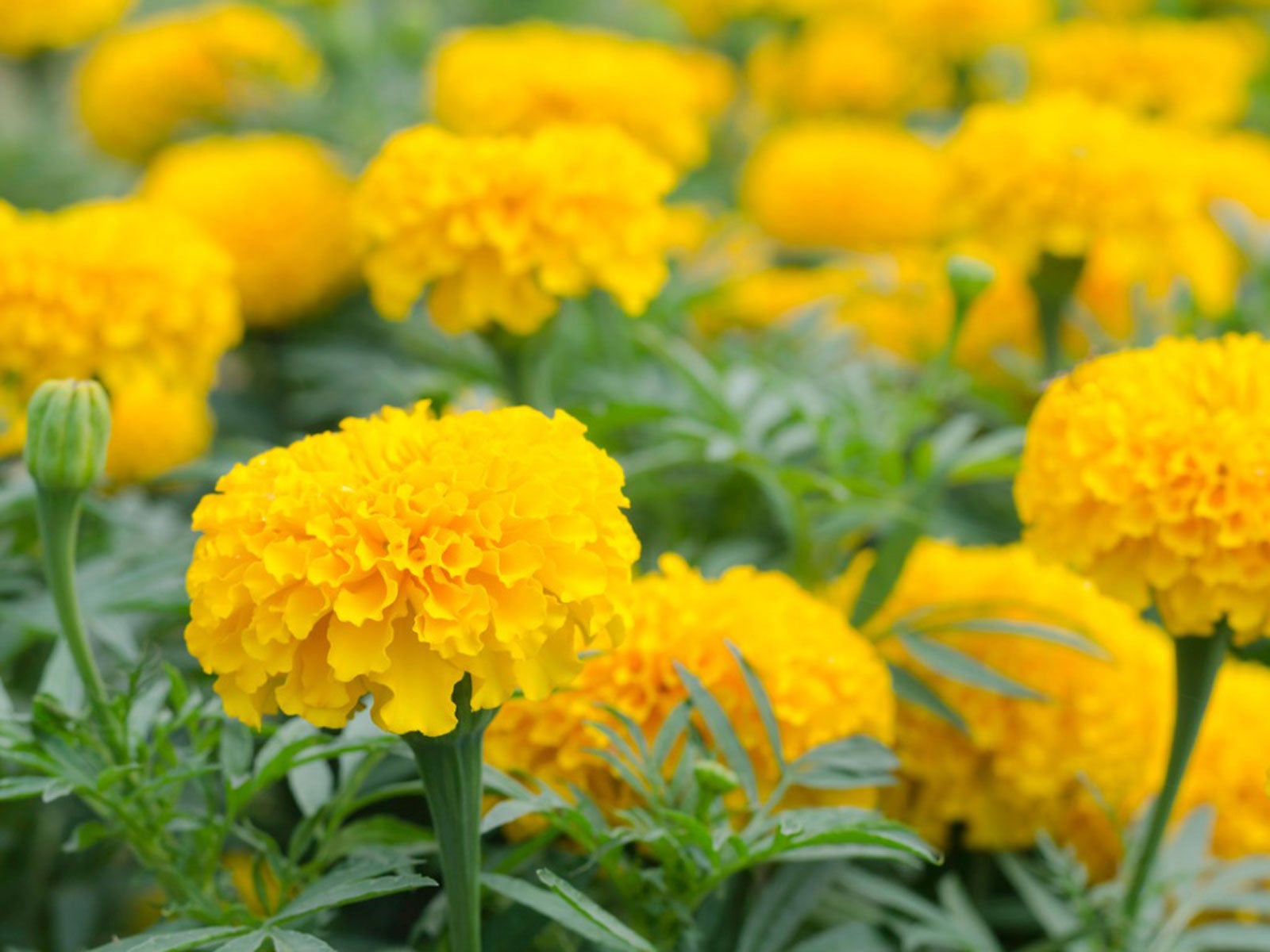 Marigold Flower Uses: Marigold Benefits For Gardens And Beyond
Marigold Flower Uses: Marigold Benefits For Gardens And BeyondMarigolds are appreciated primarily for their beauty, and you may not have considered the many surprising marigold benefits for gardens. Click on the following article to learn about ways to use marigold plants in the garden.
By Mary H. Dyer
-
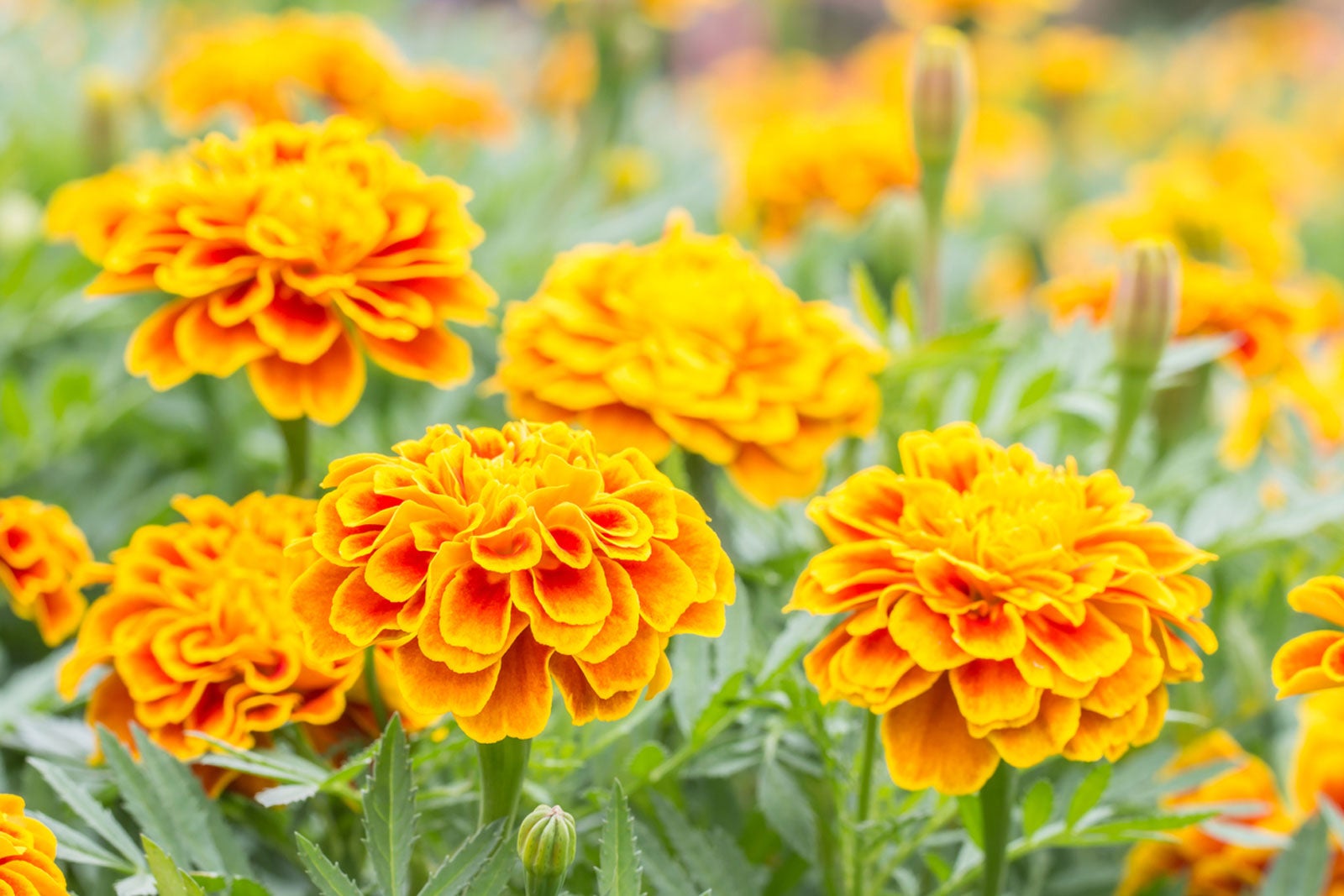 Marigold Vs. Calendula – Difference Between Marigolds And Calendulas
Marigold Vs. Calendula – Difference Between Marigolds And CalendulasIt’s a common question: Are marigold and calendula the same? The simple answer is no. Although both are members of the sunflower family, marigolds and calendula are plants with different genera. Why all the confusion? Find out in this article and how to tell them apart.
By Mary H. Dyer
-
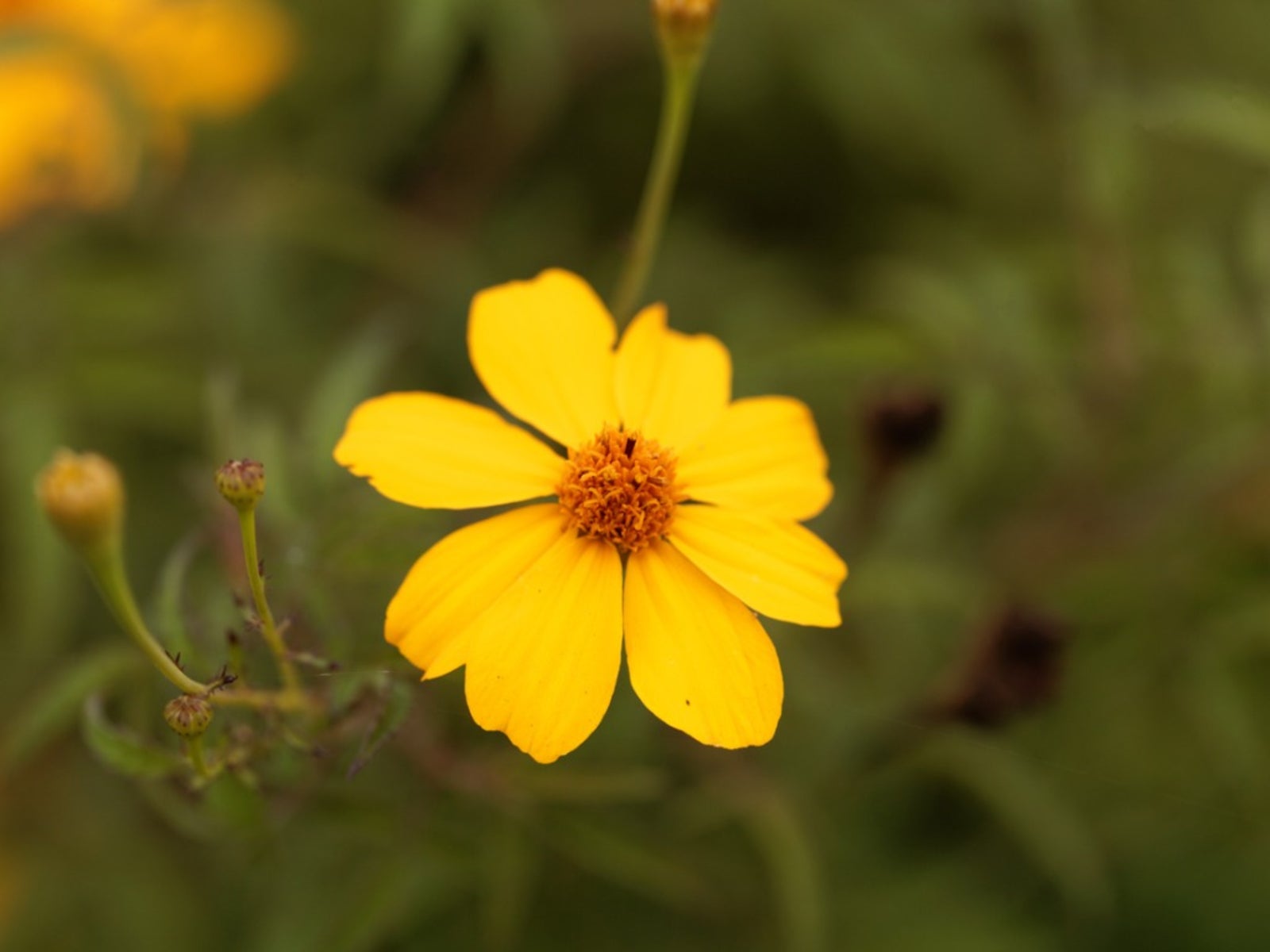 Mountain Marigold Care – How To Grow Bush Marigold Plants
Mountain Marigold Care – How To Grow Bush Marigold PlantsA beautiful annual scene is caused by the fall bloom period of Mountain Lemmon marigolds, which may also bloom sporadically in spring and summer, but save their best display for autumn. Click on this article to read more about mountain marigold plants.
By Darcy Larum
-
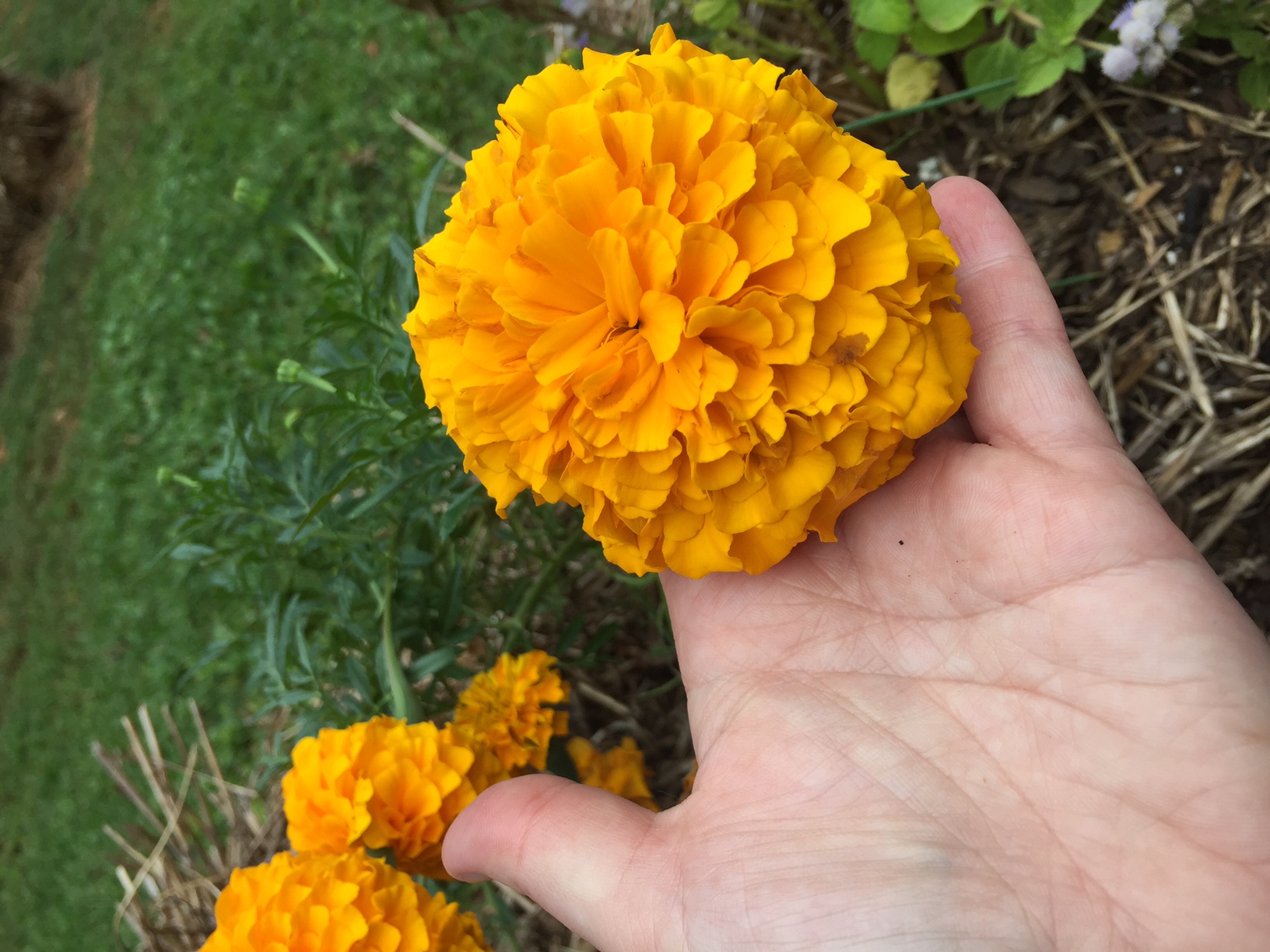 African Marigold Care: How To Grow African Marigolds
African Marigold Care: How To Grow African MarigoldsAfrican marigolds were sacred to the Aztecs, who used them as a medicine and as a ceremonial offering to the sun gods. Marigolds are still called the herb of the sun because of this. Click this article for more African marigold information.
By Darcy Larum
-
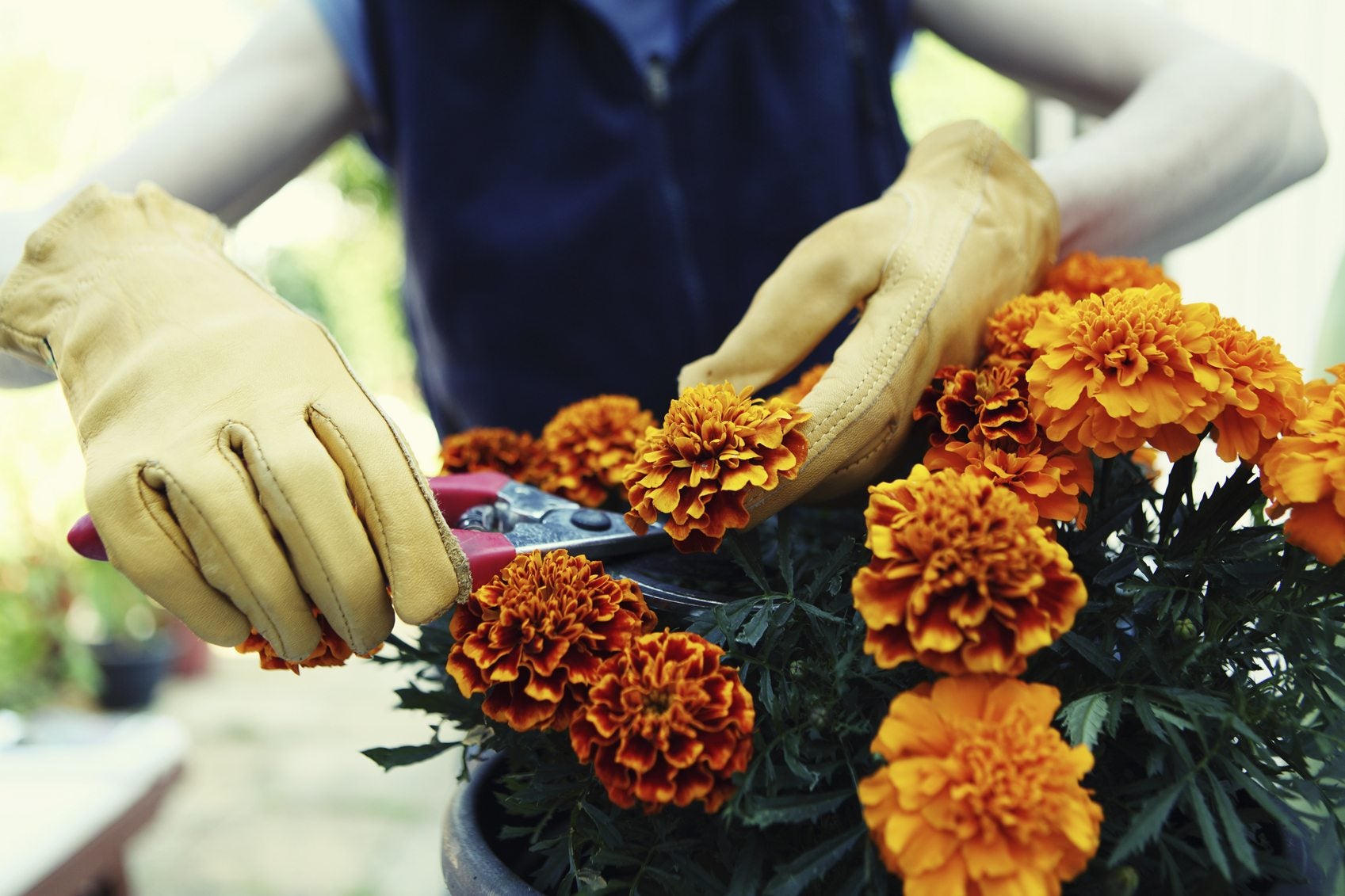 Deadheading Marigold Plants: When To Deadhead Marigolds To Prolong Blooming
Deadheading Marigold Plants: When To Deadhead Marigolds To Prolong BloomingShould you start removing spent marigold flowers? Marigold deadheading does help keep the garden looking its best and encourages new blooms. Click on this article for more information about deadheading marigold plants.
By Teo Spengler
-
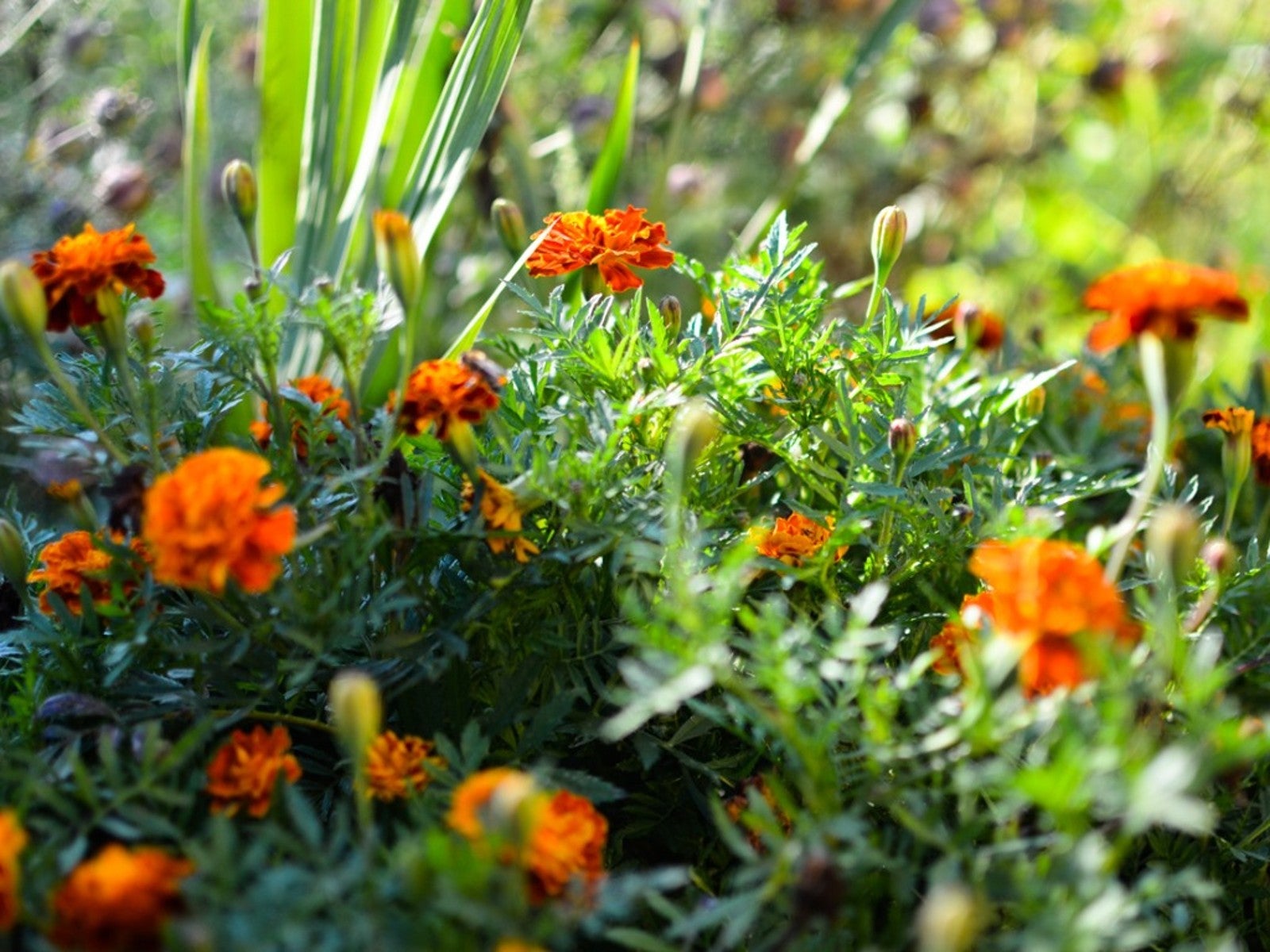 Marigold Leaf Problems: Treating Marigolds With Yellow Leaves
Marigold Leaf Problems: Treating Marigolds With Yellow LeavesMarigold blossoms are a bright, sunny yellow, but the foliage below the flowers is supposed to be green. If your marigold leaves are turning yellow, you've got marigold leaf problems. To learn what might be causing yellowing marigold leaves, click here.
By Teo Spengler
-
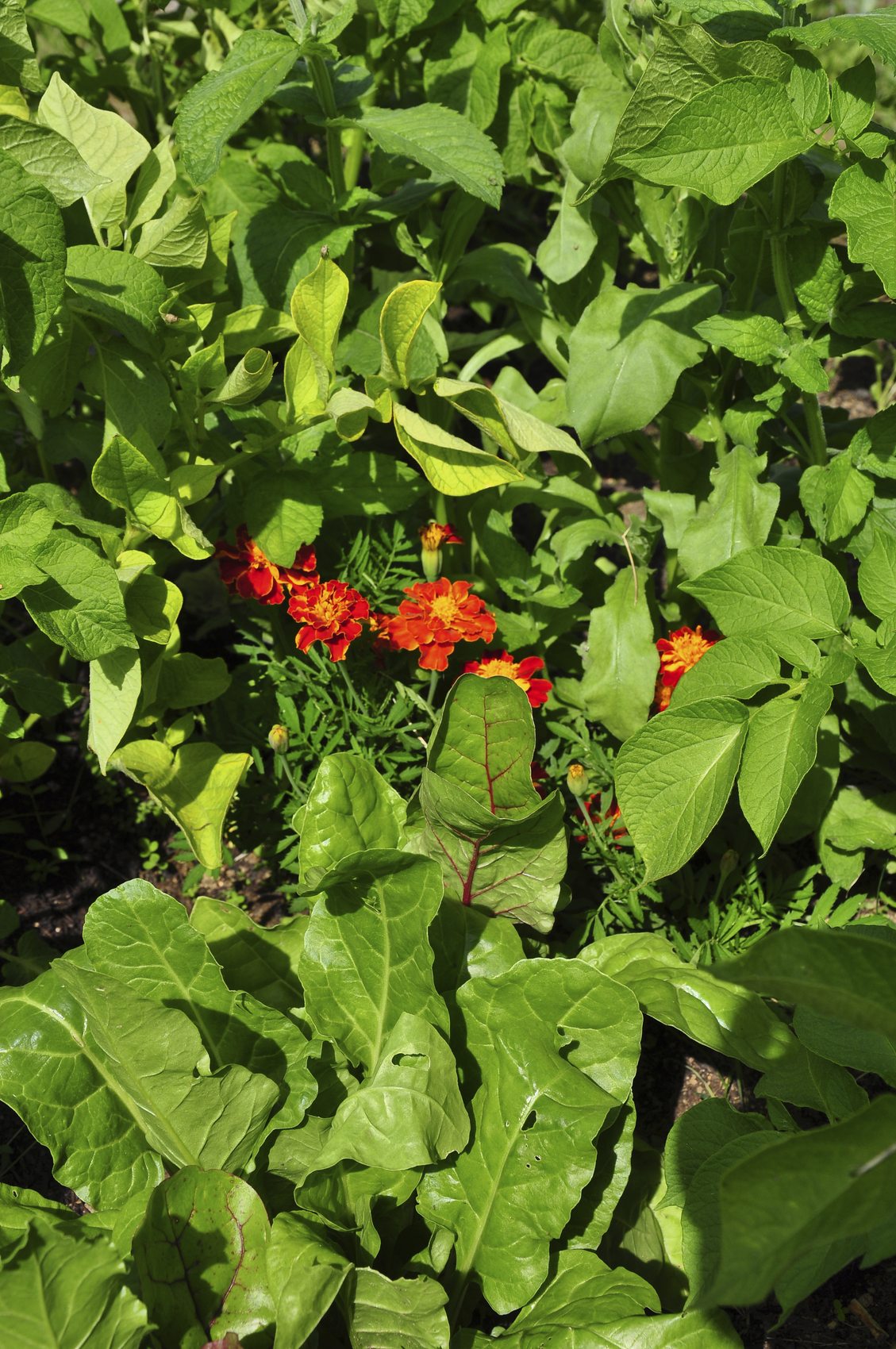 Using Marigolds Around Plants – Do Marigolds Keep Bugs Away
Using Marigolds Around Plants – Do Marigolds Keep Bugs AwayDo marigolds keep bugs away? The best way to find out is to experiment in your own garden, and you really can't go wrong. There's no doubt they attract a variety of beneficial insects that prey on bad bugs. Learn more about marigold plants and pests here.
By Mary H. Dyer
-
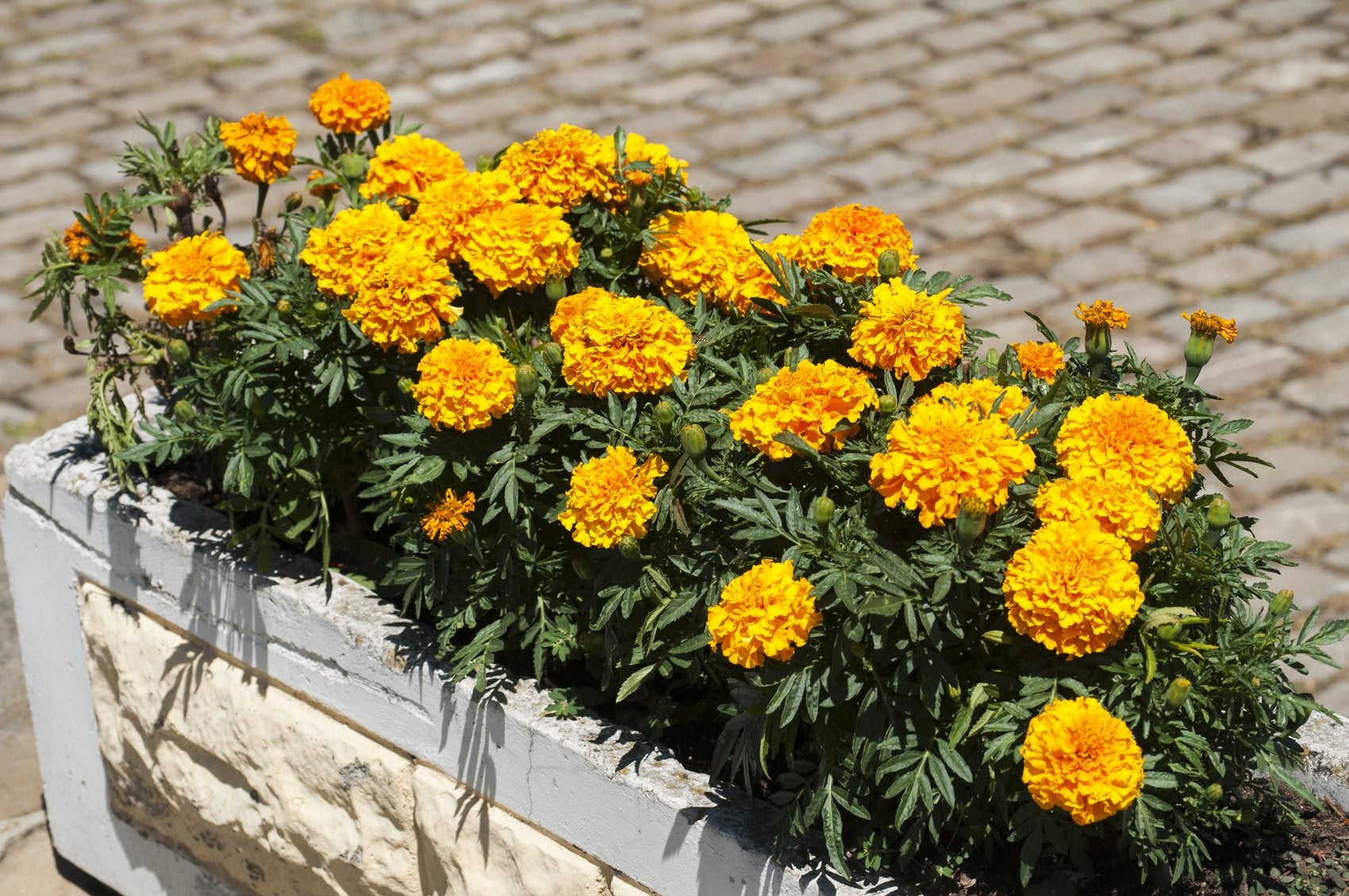 Caring For Marigolds In Pots – Tips On Growing Marigolds In Containers
Caring For Marigolds In Pots – Tips On Growing Marigolds In ContainersMarigolds are easygoing plants that bloom reliably, even in direct sunlight, punishing heat and poor to average soil. Although they are beautiful in the ground, growing marigolds in containers is a surefire way to enjoy this delightful plant. Learn more here.
By Mary H. Dyer